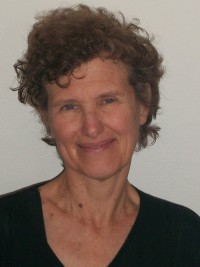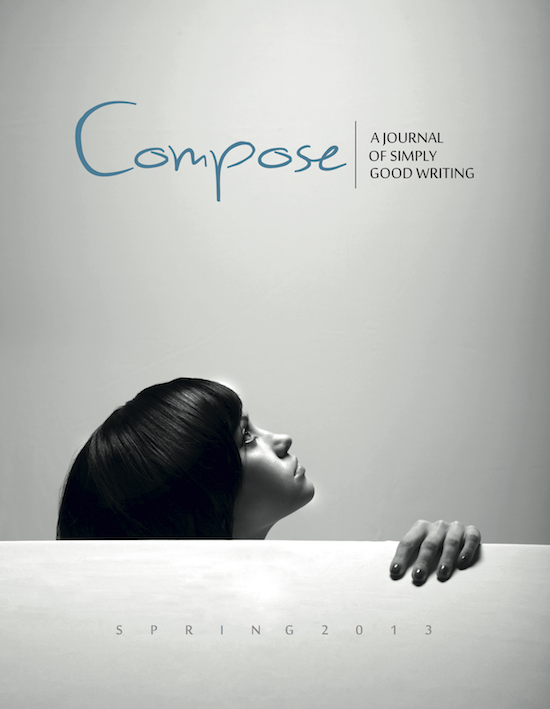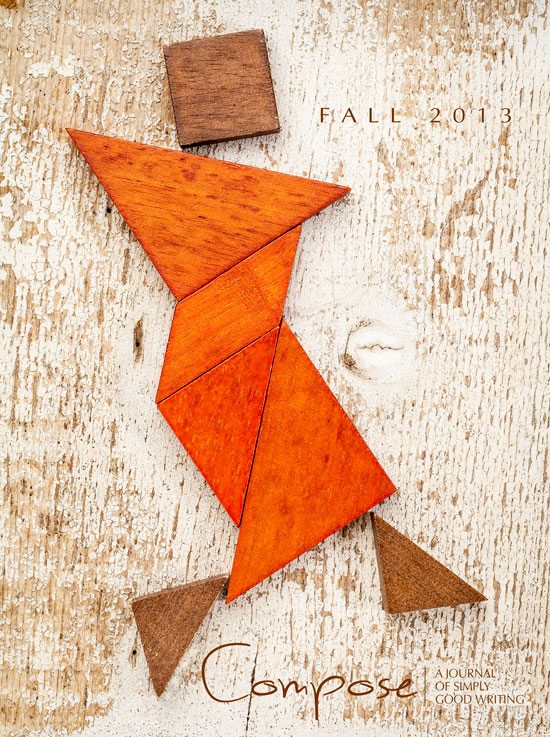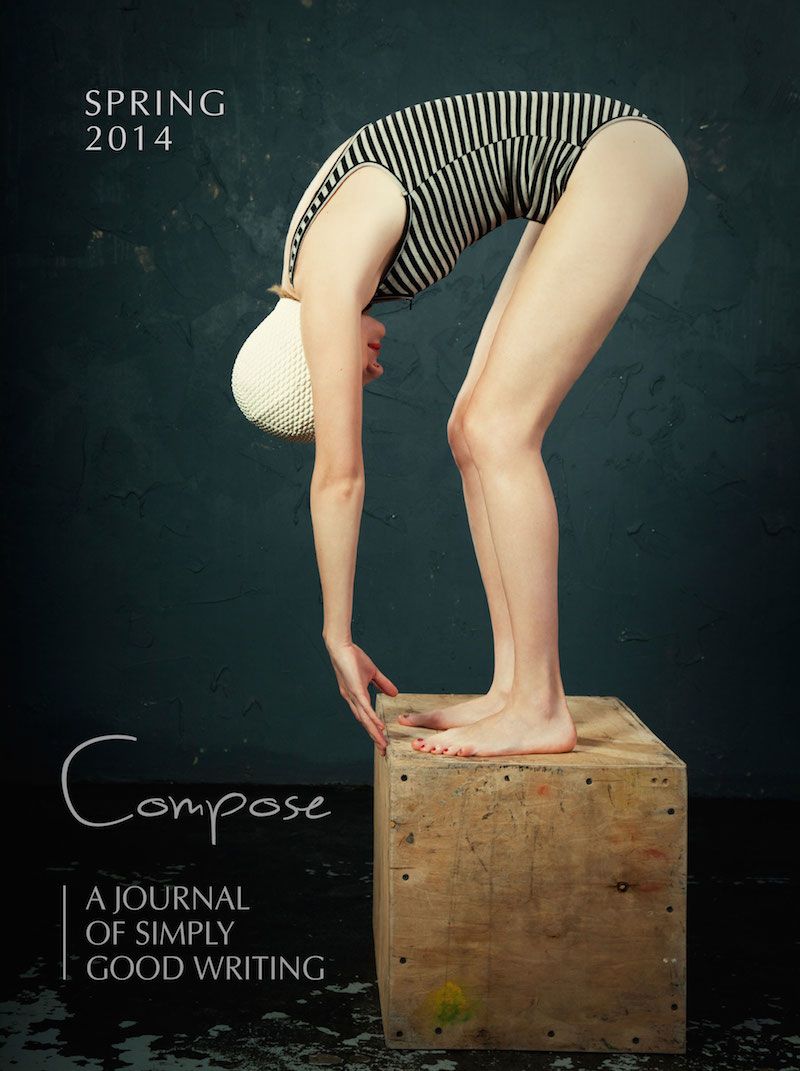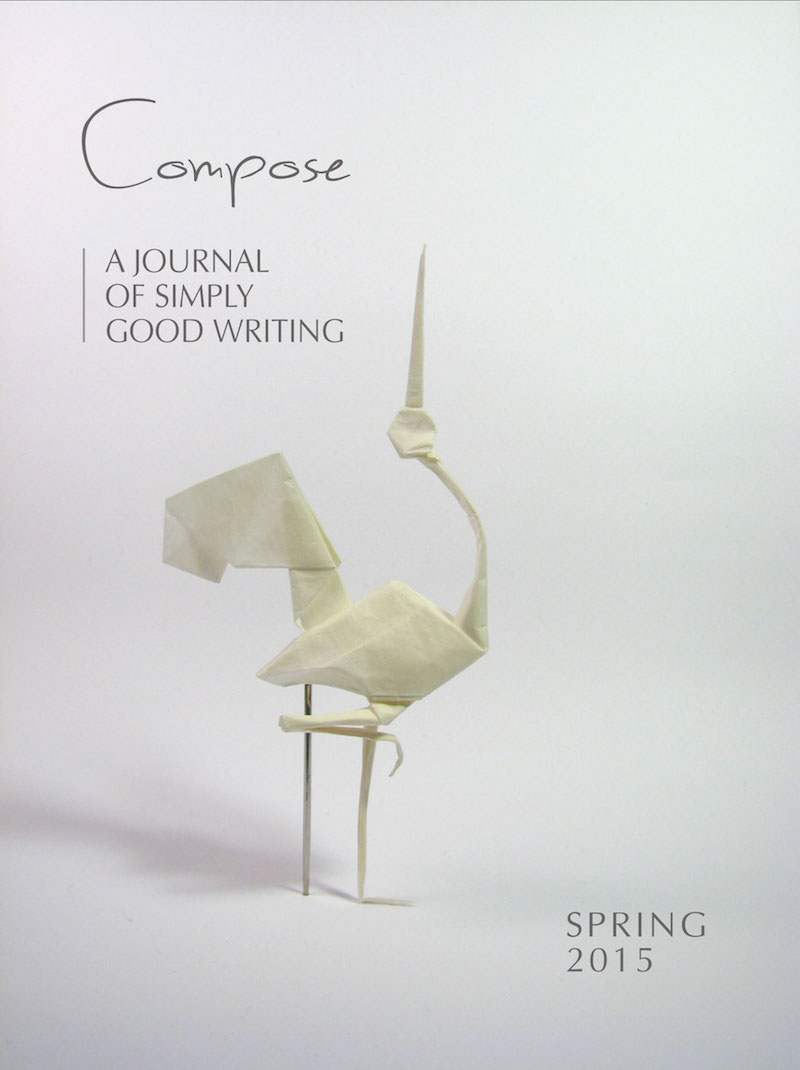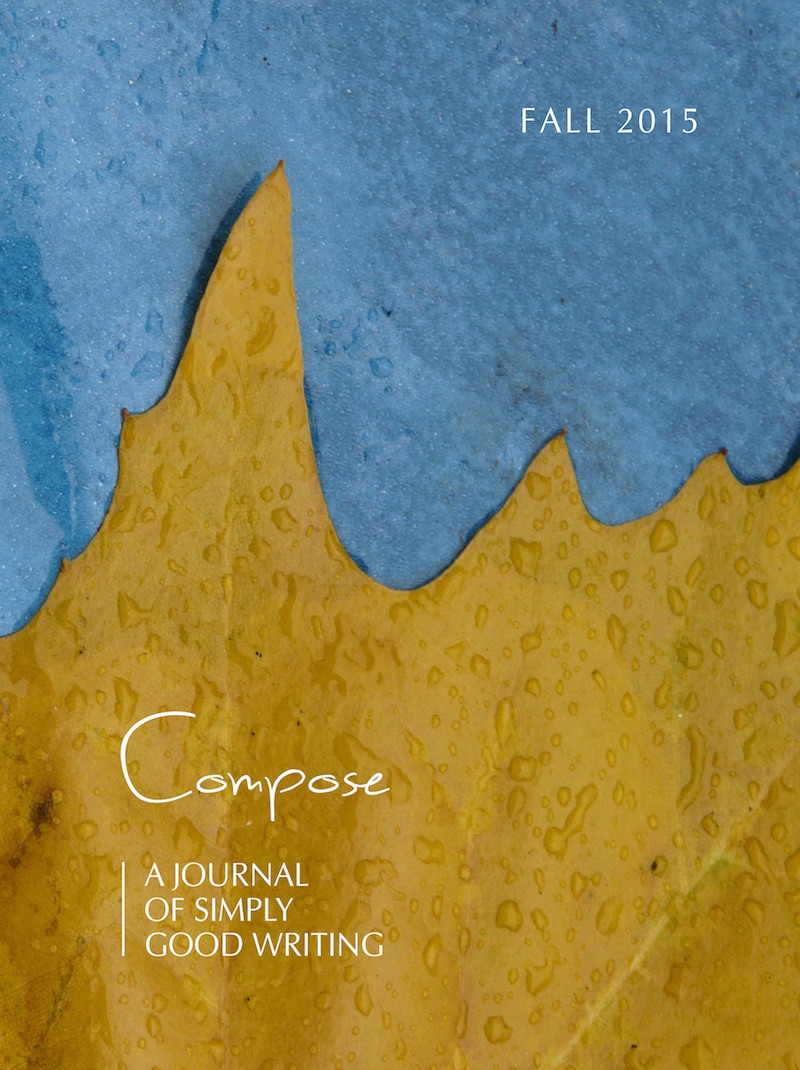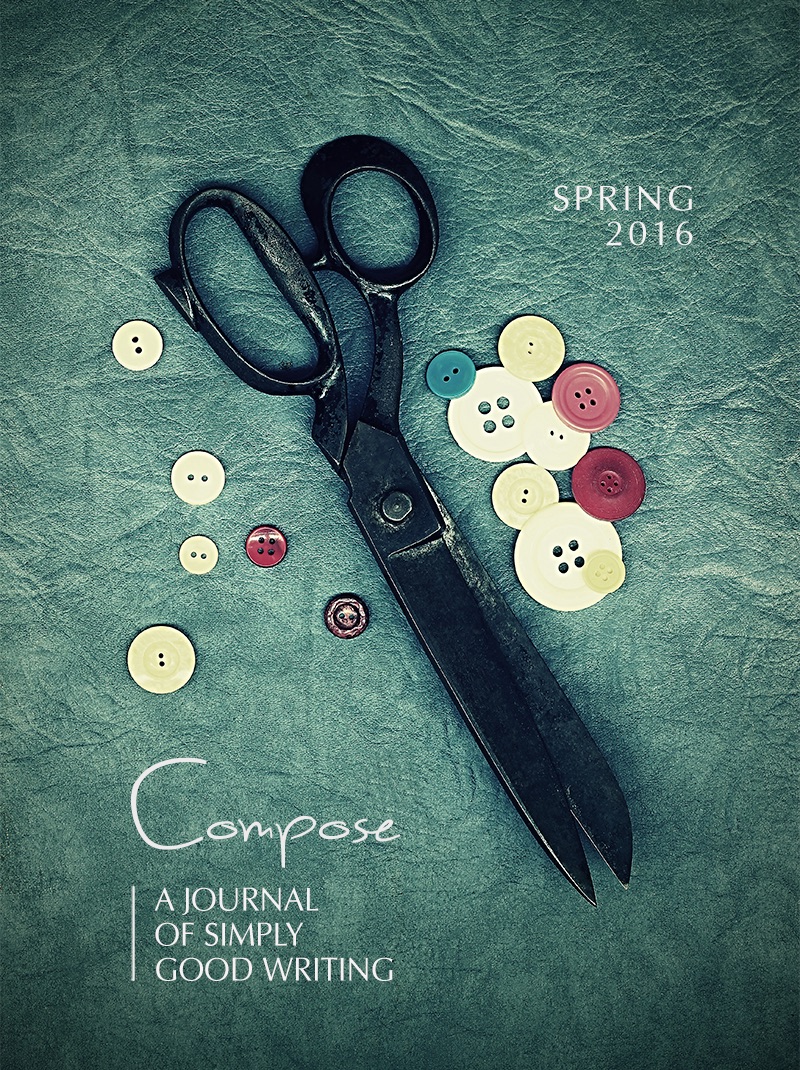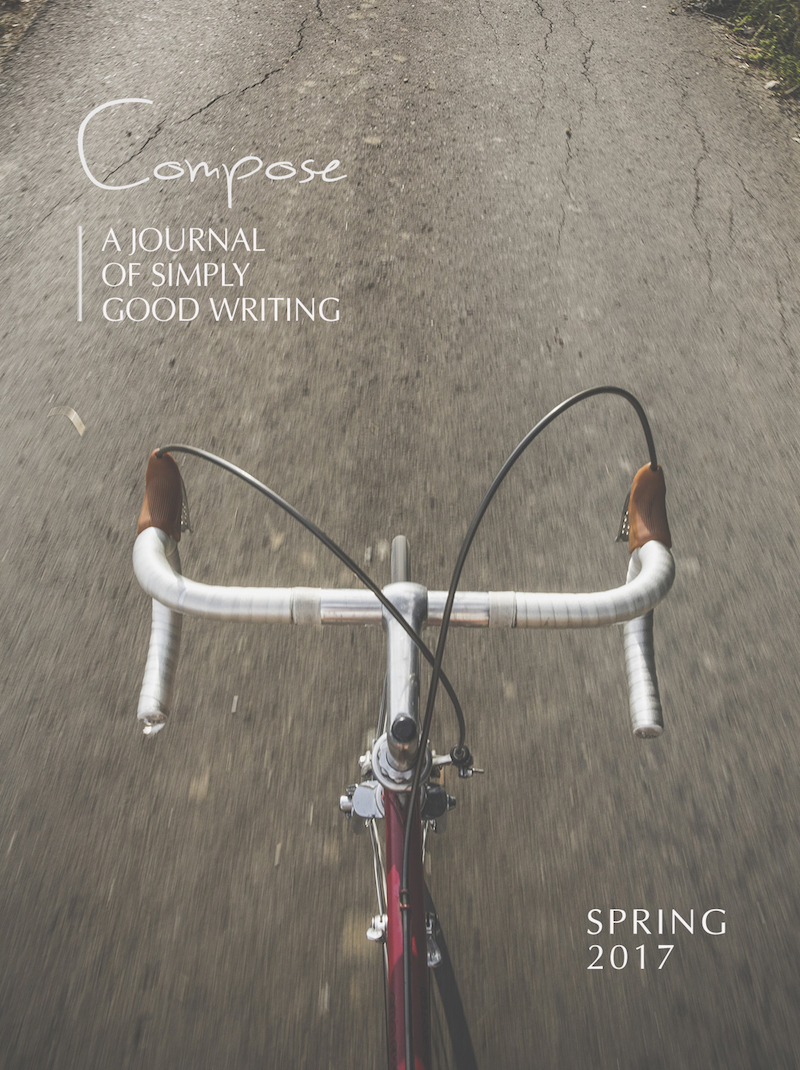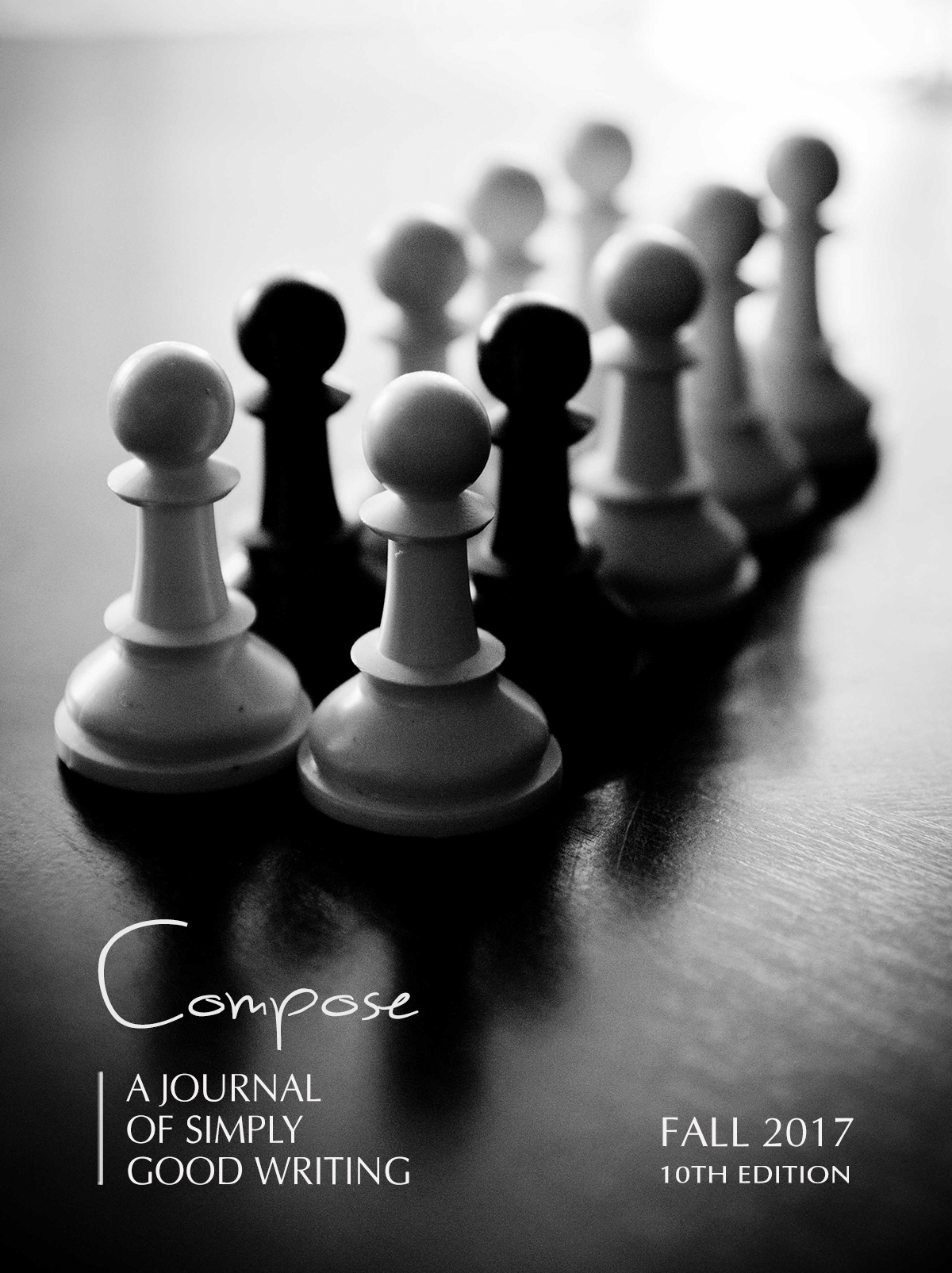Byrdie Draws Birds
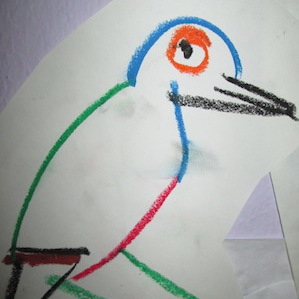
Shortly after I arrived in McAllen, Texas, I misread a scene. My four-year-old grandson, Byrdie, had set himself up to draw at the kitchen table: a stack of white paper, the big plastic tub of crayons. When his two-year-old sister wanted to join him, Byrdie ran to the other end of the table to help her. “Here’s some crayons, Ana,” he offered, lining up a handful of colors in front of her. “And here’s your paper.” How kind, I thought, what a helpful big brother. As I described the scene, along with my interpretation, to his mother, she laughed. “He does that to make sure she doesn’t take any of the colors he wants. Ana gets four crayons and Byrdie gets the other one hundred and ninety-six.”
Later in the week, At Estero Llano State Park, which features some fine wetlands, Byrdie keeps up with us as we stroll among the ponds, pointing out to my untrained Iowa eye the American coot, the black-bellied whistling duck, the great egret, the roseate spoonbill. But the kid’s discovery pack we check out of the park office after our hike is the drawing card—pun intended. Seeing birds is cool, but drawing them is even cooler. Byrdie rips open the pack—going straight for the paper and crayons—and sets to work. Ana wants in on the deal, but it’s no dice when it comes to drawing birds: he needs ALL the colors. This was easier when his sister was one and had no interest in drawing, and unlike the big box of crayons at home, there are no duplicates to hand off here.
He’s been drawing birds for two years now, practically ever since he could hold a crayon. Even before he started drawing, he was attracted to birds. Research shows that infants respond to faces, or representations of faces; for Byrdie, it was birds. At one and a half, he would pull the Texas Guide to Birds from the shelf and flip through the pages, entertaining himself for hours studying the photos. But since he’s started drawing, he prefers David Sibley’s Guide to Birds. The equivalent of a contemporary Audubon, David Allen Sibley spends his days observing, sketching, and then painting birds. His books are full of delicately rendered watercolors that highlight the essential features to help birders identify what they are seeing. While Byrdie takes pleasure in seeing birds—last week the big news on the phone was that he had seen a painted bunting at the canal by his house—it’s Sibley’s drawings that dominate his days. By now, he’s gone through several copies of Sibley’s Guide to Birds (the comprehensive version that includes both eastern and western birds of North America), handling them so much the pages start to fall out. In his preschool art class, there’s a basket of materials Byrdie can turn to when he’s done with whatever project the class is working on. Sibley is in the basket.
“The Sibley,” as it is affectionately called as though it were a member of the household, is never far from hand whenever Byrdie is drawing. Like Sibley, Byrdie always draws his birds in profile, always going for specificity. Even at two, he was spouting questions like, “Do you want a picture of the snowy egret or the great egret? The male or the female?”
My son, Blue, and his wife, Laura, were not birders previously. Having landed in Texas through the Teach for America program—Blue taught fourth grade and Laura high school chemistry—they have become fairly knowledgeable about the Texas bird scene to support their son’s interest. And the Rio Grande Valley—locally known simply as The Valley—is a great location to be a birder. The region is well known for attracting many unique species, both native residents and migrating birds, and many winter Texans flock to The Valley specifically for the birding opportunities. A development partnership between local communities and state and national agencies has created nine birding centers in the region, and Byrdie and his family visit many of these regularly.
Last fall, when Byrdie was three, David Allen Sibley was slated to appear at the Rio Grande Valley Birding Festival. Byrdie decided to create a book for David Sibley, his own drawings based on Sibley’s drawings. The buildup was big, drawing day after day, the Sibley getting a workout, like the art students of the Renaissance who copied the work of the masters to hone their skills. On the day of the event, Byrdie’s parents were worried. Would the line for David Sibley be too long? Would Byrdie get tired of waiting? Would Sibley be dismissive of a child’s attempts?
“We didn’t need to worry,” Blue told me later. “I guess I overestimated the appeal of David Sibley.” The line was short. Byrdie offered up his book. David Sibley turned the pages, looking closely at each bird. He made only a few comments, but paid careful attention, pointing out a detail here and there. He handed the book back to Byrdie. “It’s for you,” Byrdie said, handing the book back to David Sibley. It’s a moment I like to hold in my mind: Byrdie and Sibley passing the homemade book back and forth, the master and the very young apprentice, David Sibley nodding solemnly as he finally accepts the gift he is being offered. I like to think that no words were needed. This was about the drawings, about paying attention to detail. Willie Loman’s words from Death of a Salesman flap into my mind: “Attention must be paid.” But what sort of attention also matters. This was careful attention, attention that honored a child’s desire to be taken seriously as an artist.
Last summer when Byrdie came to visit me in Iowa, he filled the driveway with chalk birds. My Korean friend, Missa, who was living with me for the summer, was charmed by this absorption and often joined him on the driveway. She drew birds, too, large birds in bright colors, with enormous wings and gangly legs. When Byrdie asked Missa, “What bird are you drawing?” she would say, “These are Korean birds,” which seemed to satisfy him. Mostly, they didn’t talk, each of them hunched over the concrete, chalk in hand. And he loved her for that. Like Sibley, this was the kind of attention that mattered.
Once at a park, Byrdie was decorating the sidewalk with chalk birds, making an aviary, he told me. A boy around his age approached him. “Do you want to draw birds?” Byrdie asked, swiveling his face to look up. The boy stared at him, grabbed a piece of chalk, and started drawing random lines. Byrdie stared back, then shrieked as a line bisected the wing of a great blue heron.
Occasionally other forms of interacting with “birdness” appeal to Byrdie. He’s got quite a menagerie of stuffed birds—a turkey vulture, a barred owl, a flamingo, a ruby-throated hummingbird, a western scrub-jay—none generic; and he nearly collapsed on the floor of Iowa City’s natural history museum when he entered the Hall of Birds. Once he recovered, he ran straight for the egret section, named every one of the birds, and then kept repeating, “Cattle egret, cattle egret, cattle egret,”—the only bird in the egret family he had never seen in full-bodied form before, his dad later told me. When an Iowa friend of mine was talking to Byrdie and revealed that she had never seen an egret, he ran out of the room. A few minutes later he reappeared in a white t-shirt with his underwear on his head and pillowcase wings—his attempt to BE an artistic rendering of an egret.
Byrdie is also in love with the Cornell Ornithology Lab online, where you can not only see, but hear your favorite birds. (David Sibley helped collect these birdcalls at his work study job, which he kept even after he dropped out of Cornell.)
But drawing remains the bedrock. I’ve started what I call my aviary in my bedroom, an entire wall filled with Byrdie’s drawings. A few birds are flying, their wings outstretched, but most of them are perched in profile—just as they would be in the Sibley. Birds with short triangular beaks, long pointed beaks, thick rounded beaks. Striped tails, short stubby tails, tassel-like tails; birds with rings around their eyes, birds with eyebrows; birds with black eyes, pink eyes, orange eyes, brown eyes; long necks and no necks. I can’t name them for you, but Byrdie could.
I wonder what goes on in his mind when he draws birds. What pulls his eye to one bird or another. What makes birds such appealing subjects. Where the hook is for him. Once he’s drawn the bird, there’s no pausing to evaluate or appraise. It’s on to the next, as though it’s the process of drawing, not the end result, that matters. Maybe that’s all four-year-olds, with little self-consciousness about one’s artistic endeavors. It just may be more obvious in a child who draws for hours. I’ve wondered if Byrdie’s name—Benjamin Byrd Tyx; he’s known as Byrdie in family circles—has influenced his affinity with the bird kingdom, if this outpouring of bird drawings is somehow entwined with his identity.
*
Just before Byrdie turned two, I stumbled on Elizabeth Stuckey-French’s novel The Revenge of the Radioactive Lady. The book’s cast of quirky characters includes two children with Asperger’s syndrome. One of the more obvious characteristics of people with Asperger’s is their intense focus on one subject. In the novel, Otis, hooked on atomic energy, is building a reactor in the garage, while his sister, Ava, knows everything about Elvis. I had never heard of Asperger’s and set about doing some reading. The more I read, the more I realized how much of this fit Byrdie, especially in the intensity of his interests, and in his challenges with flexibility. Once Byrdie gets an idea in his head of how events will play out, it’s hard for him to roll with changes. If he thinks going to the park means wading in the creek and you had in mind a brief stop at the playground, that’s a meltdown in the making. Transitions are tough: ending a dance party, disassembling the train track, switching to a new CD in the player, going to sleep. All pretty typical for kids with Asperger’s.
For several months I held back from mentioning my hunches about Byrdie and Asperger’s, and when I finally told Blue and Laura my concerns, the opposite of what I had expected happened: they were not upset; what I said seemed to barely register. I was both relieved and troubled. I had once worked for a year in a preschool for children with developmental disabilities, and I believed in the value of early intervention.
*
A year went by and I did not mention it again, reminding myself that Byrdie’s developmental issues would either fade away or grow more apparent. When Byrdie turned three, his passion for birds unabated, I urged Blue and Laura to have him evaluated for Asperger’s. They started to read about Asperger’s, but thought I was off-base, and told me so, sharply. I didn’t live with Byrdie; I didn’t know him well enough. The line between gifted and high functioning autism (in diagnostic terms Asperger’s has been folded into the autism spectrum) is not well understood. They brought it up with their pediatrician at Byrdie’s three-year-old check-up, and he’d advised waiting.
I wondered if I should have waited.
I had worked in special education, but that was decades before Asperger’s was widely understood. Who was I to make a diagnosis? For several months our phone conversations were brittle; we avoided any discussion of Asperger’s. Finally Blue wrote to explain why he and Laura were against seeking a diagnosis even as they acknowledged Byrdie’s peculiarities. We had a follow-up phone call; we all tried to make room for our differences in perspective.
But when Byrdie turned four, he was evaluated and started working with an autism specialist. I had been hoping for action, yet once Byrdie was diagnosed with high functioning autism, I found myself reluctant to face what this will mean, for my grandson, for his family, which seems out of character for me. I’ve long championed difference—working first for 15 years with adults with physical and mental disabilities, and then as an English professor focusing on the literature of minorities. Yet I am resisting Byrdie officially entering this world—the complications of the autism label, the fear of him being bullied or mocked, the fear that we cannot protect him from the difficulties he faces.
Labeling of any sort brings a loss of particularity, the very thing that Byrdie loves. I don’t want to see this passion as pathological. I know that Byrdie will have challenges fitting into a regular classroom where children are likely to be drawing generic birds, without benefit of the Sibley. And I also know that to appreciate particularity is a gift.
*
On a chilly mid-May day in Iowa, a friend and I take an early morning hike in a nearby forest. It is a splendid walk, the hillsides of May apples with their broad, umbrella-like leaves; the wild phlox a startling purple against the green undergrowth. I’m a woods walker who doesn’t look up much, but Byrdie has retrained me somewhat, and today it’s bonus day: I spy a scarlet tanager in the space between leaves overhead—the red so bright it’s glowing like a traffic light—and on down the path a barred owl swoops from one tree to another. On the return loop, there’s an indigo bunting skittering along a dead limb beside the path, the iridescent blue shimmering even on a cloudy day.
As soon as I get home, I pull out paper and crayons, which I have at hand for Byrdie’s next summer visit, and my old Peterson guide (alas, I have no Sibley yet) and set to work. I hurry through my drawing—I don’t think I get as much pleasure from drawing as Byrdie does—but what does give me pleasure is the thought of Byrdie opening the envelope and finding my drawing. I imagine him looking closely at my rendering of the scarlet tanager, noting how I’ve tried to get just the right color, an almost neon red, by mixing red and orange. It’s not a perfect match, but it does the job, standing in for the scarlet that is beyond the capability of my crayons, just as the drawing that I send stands in for all I want to give that is beyond my capacity.
Image courtesy of “Byrdie”

